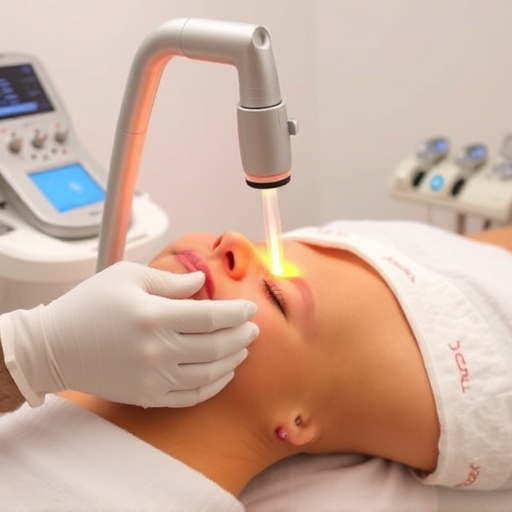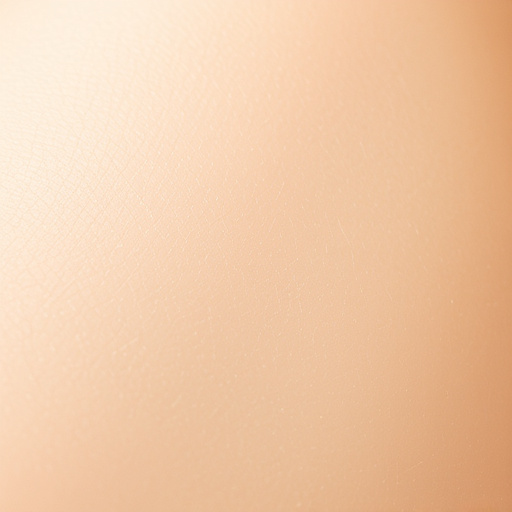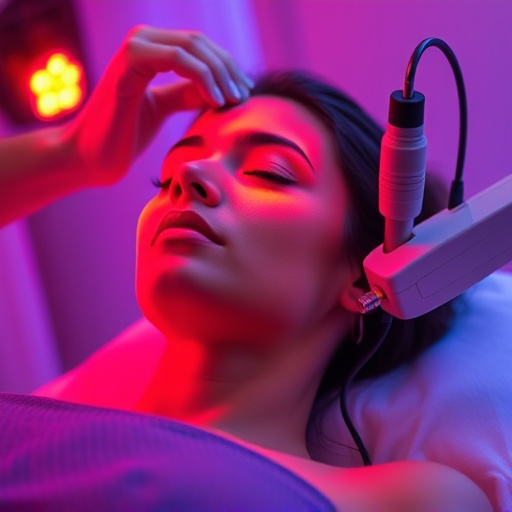Laser hair removal treatment offers a popular, effective solution for unwanted hair, with long-term results. The process involves multiple sessions tailored to individual needs, based on factors like skin tone, hair color, and body area. Darker hair and healthy skin are ideal candidates, while darker skin types may require more sessions. Consistency, patience, and proper skincare between treatments enhance effectiveness and minimize side effects. Professionals use advanced lasers targeting melanin in follicles for significant hair reduction over 6-8 sessions spaced 4-6 weeks apart.
Curious about how many sessions of laser hair removal are necessary? Understanding the factors that influence treatment duration is key to achieving desired results. This comprehensive guide breaks down everything you need to know, from the typical number of sessions required to the variables impacting your personalized plan. Learn expert tips for optimizing each session and discover how to effectively manage expectations for long-lasting, reduced hair growth.
- Understanding Laser Hair Removal Sessions
- Factors Influencing Treatment Duration
- Optimizing Results: Tips for Effective Sessions
Understanding Laser Hair Removal Sessions
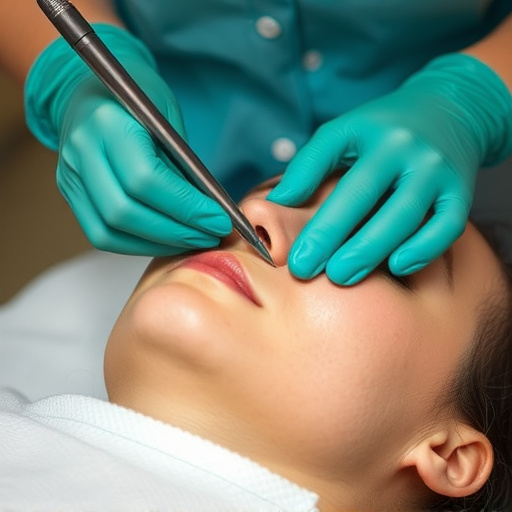
Laser hair removal treatment has become a popular non-surgical treatment for those seeking long-term reduction in unwanted hair. Unlike traditional methods like shaving or waxing, which offer only temporary results, laser treatments target the follicle to inhibit future hair growth. Each session focuses on specific areas of the body, depending on the patient’s needs and the type of laser used. The number of sessions required varies greatly based on factors such as skin tone, hair color, and the area being treated.
Generally, multiple sessions are needed because lasers cannot target all hairs at once. Different wavelengths of light penetrate the skin to reach various depths, targeting darker hairs while minimizing damage to lighter or thinner ones. After each session, patients may experience temporary redness and swelling, but these side effects subside quickly. As hair grows back, it’s important for professionals to assess progress and adjust treatment plans accordingly, ensuring optimal results in terms of both hair reduction and skin rejuvenation.
Factors Influencing Treatment Duration

The duration of laser hair removal treatment varies greatly depending on several factors. One of the primary influences is the area being treated—leg and underarm sessions tend to be quicker than larger areas like the back or chest. Skin type plays a significant role too; darker skin may require more sessions due to the pigment in the hair, while lighter skin types might see results faster. The coarseness of the hair also matters; finer hairs will respond differently to the laser than thicker, coarser ones. Additionally, individuals with very light or red hair may not be suitable candidates for this treatment as lasers have optimal effectiveness on darker hair colors.
Other considerations include a patient’s medical history and current skin health. Certain conditions like eczema or rosacea might complicate the process, necessitating more sessions. Moreover, maintaining good skin health and hydration between treatments can enhance their efficacy. Incorporating hydrating facials or other skin-nourishing procedures into your regimen can support the laser hair removal process by keeping the skin healthy and reducing potential side effects.
Optimizing Results: Tips for Effective Sessions
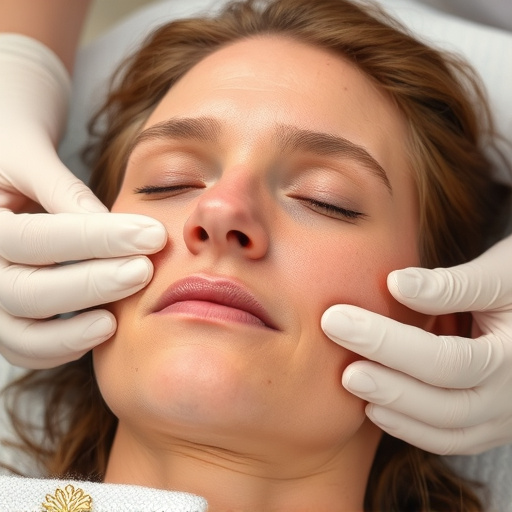
To optimize results from laser hair removal treatment, it’s crucial to understand that consistency and patience are key. Each person’s skin and hair growth patterns are unique, so the number of sessions needed varies. On average, 6-8 sessions spaced 4-6 weeks apart are recommended for significant hair reduction. During these sessions, professional skincare experts use advanced lasers to target melanin in the hair follicles, inhibiting future hair growth.
Between treatments, maintaining healthy skin with proper hygiene and hydration is essential. Some people may also benefit from adjunctive procedures like microneedling therapy or specific aesthetic treatments recommended by their dermatologist. Remember, open communication with your skincare provider ensures personalized guidance tailored to your unique needs and goals for lasting results.
Laser hair removal sessions can vary in duration, with optimal results typically achieved through a series of treatments. Understanding the factors influencing treatment length is key to managing expectations. By strategically planning your sessions and following expert tips for effective procedures, you can enjoy long-lasting reduction in unwanted hair. The number of required sessions varies based on skin type, hair color, and the area being treated, emphasizing the importance of personalized consultations with qualified professionals for tailored laser hair removal treatment plans.






